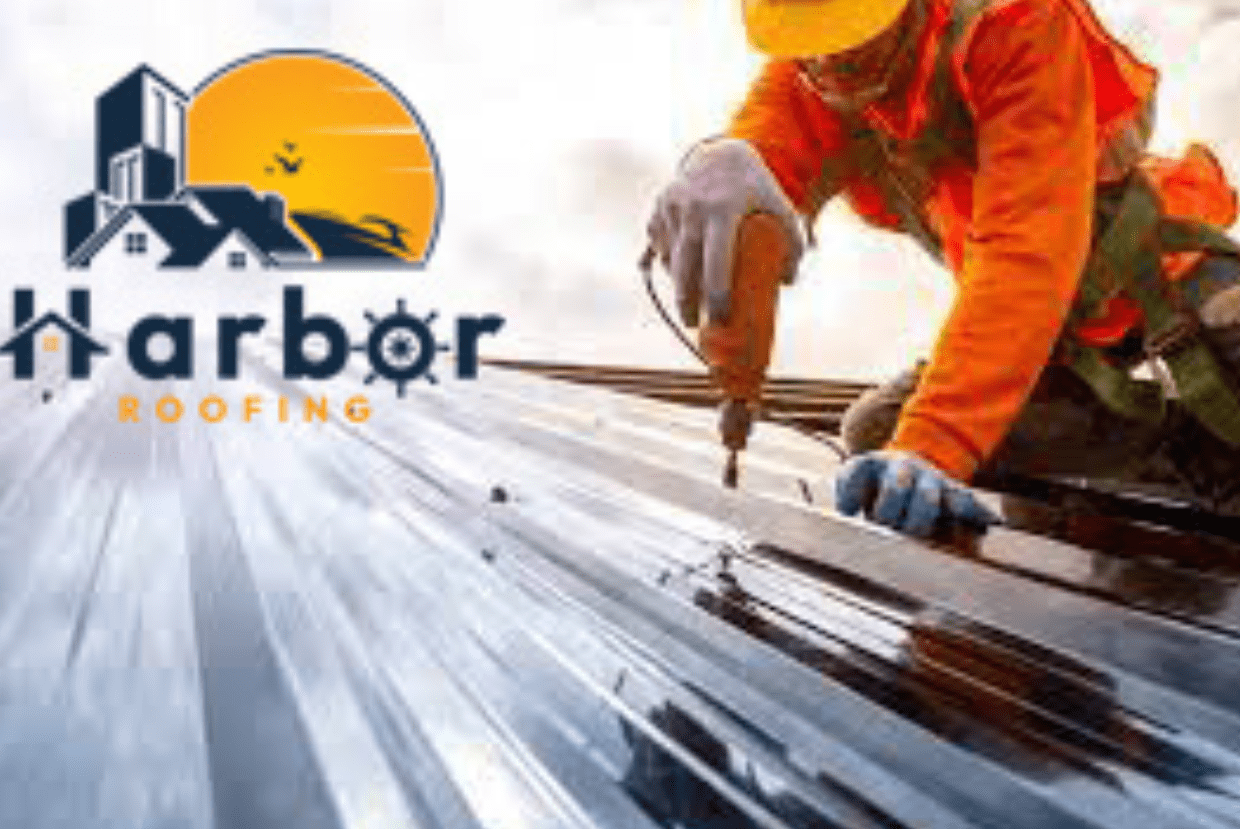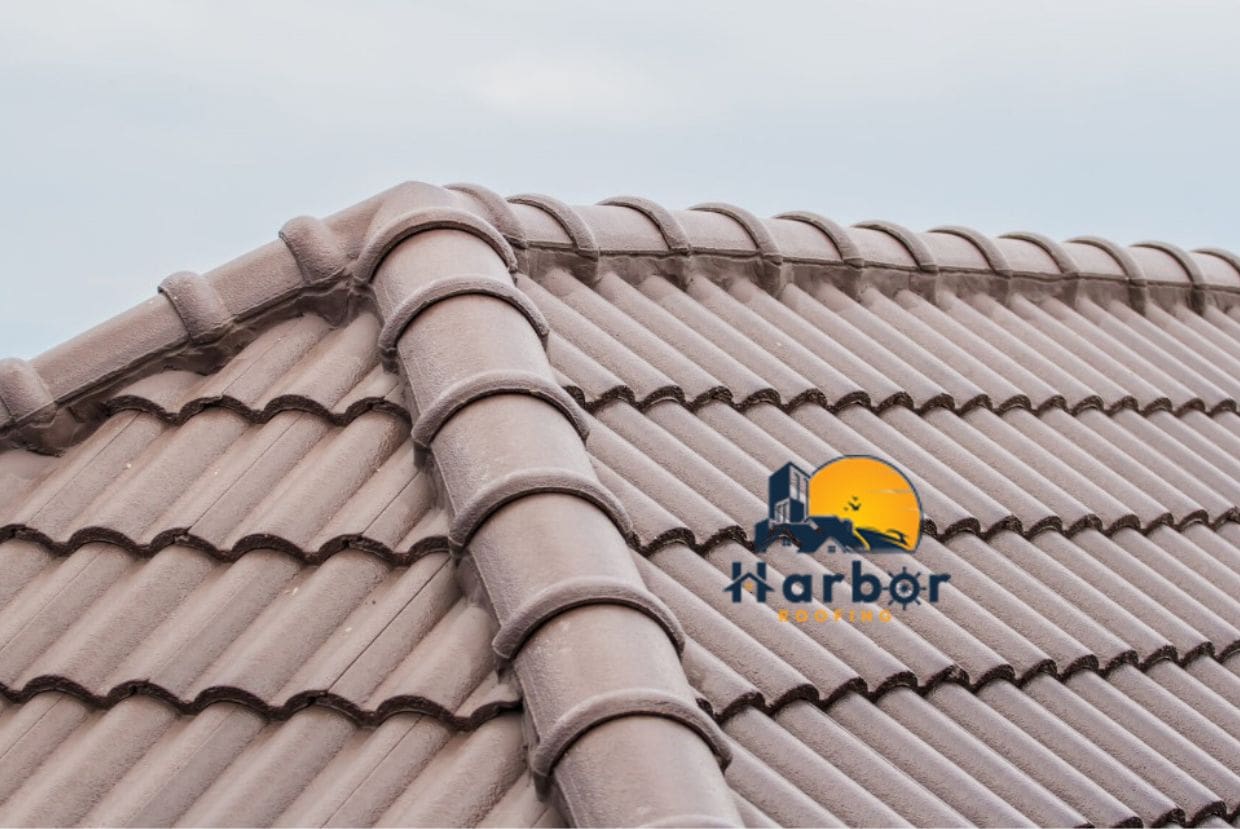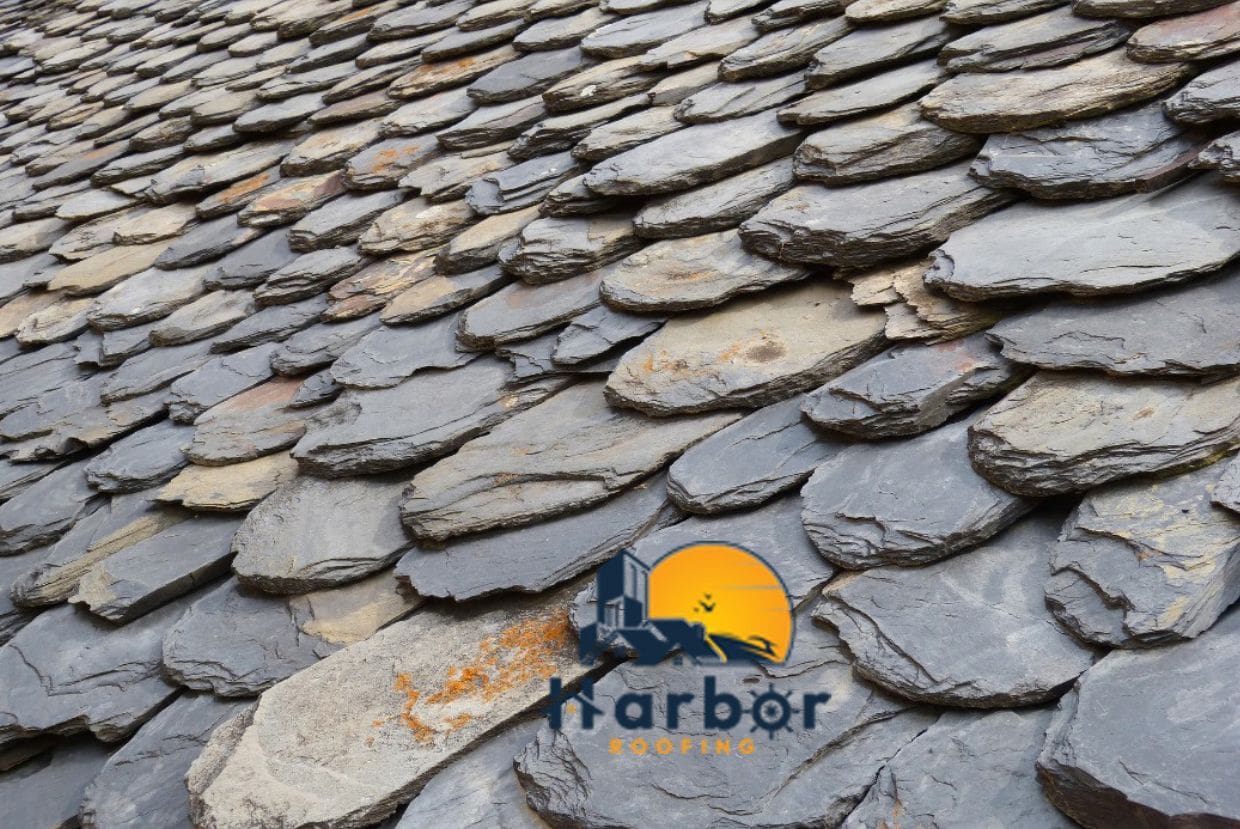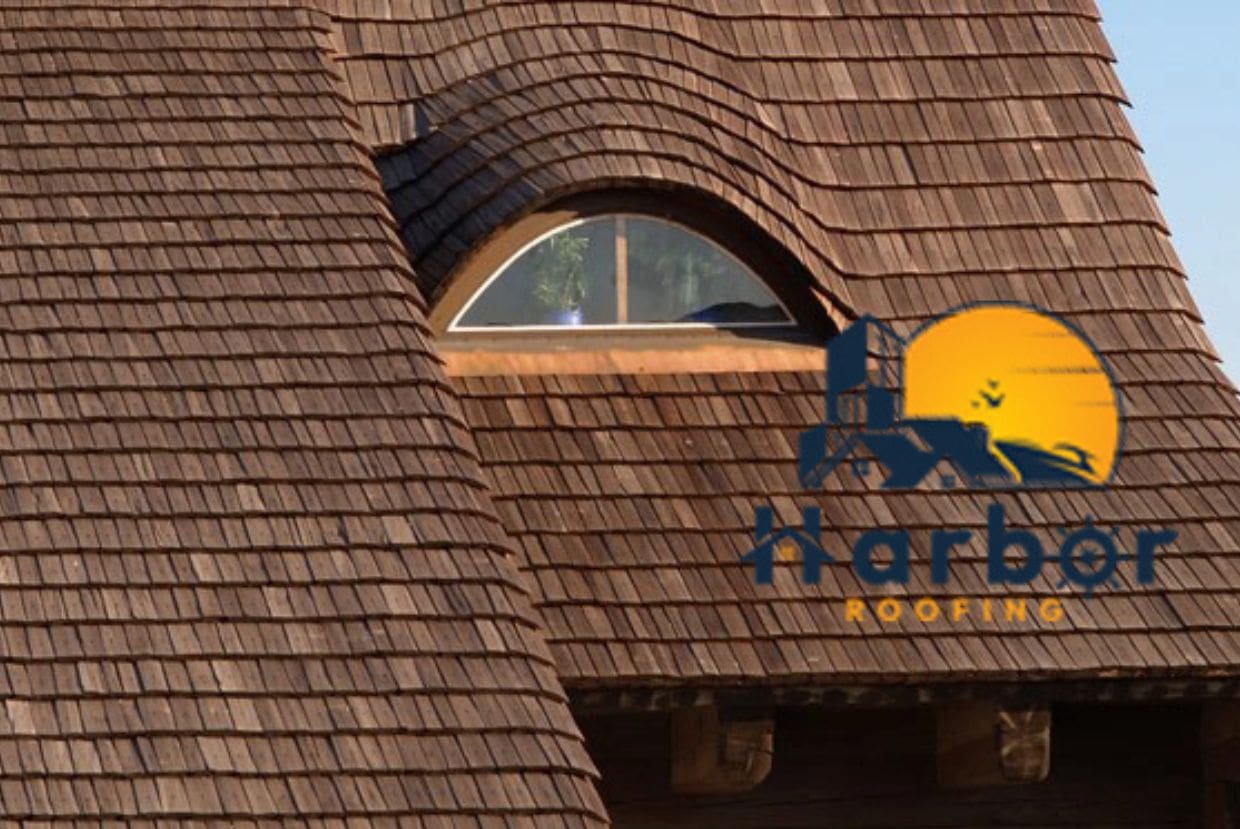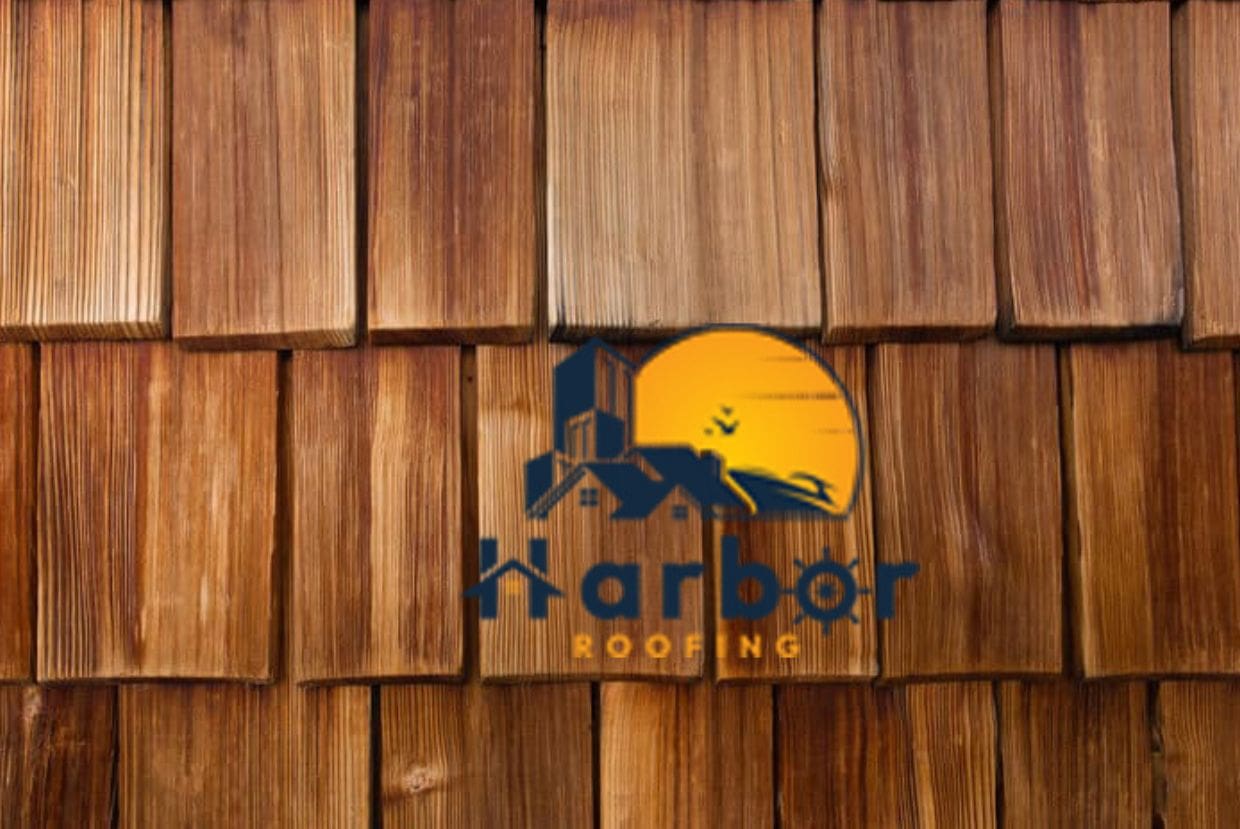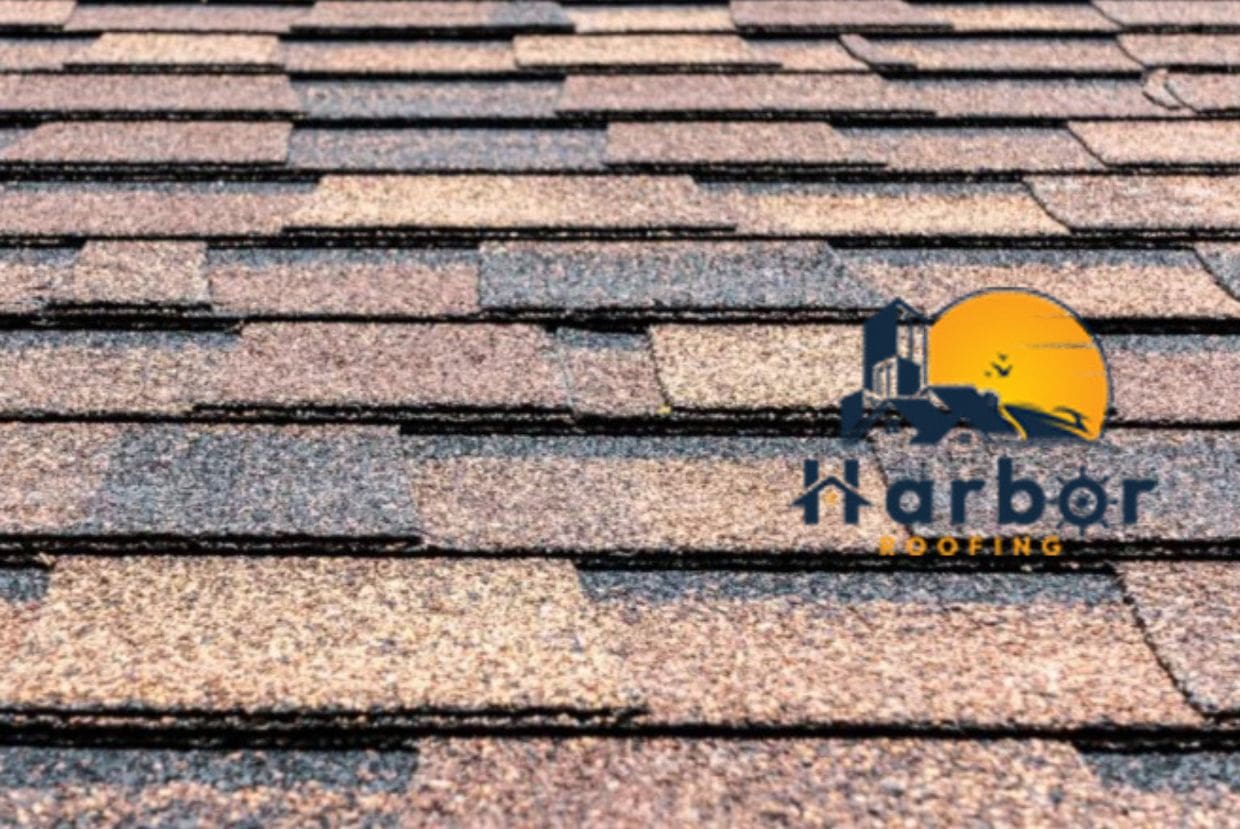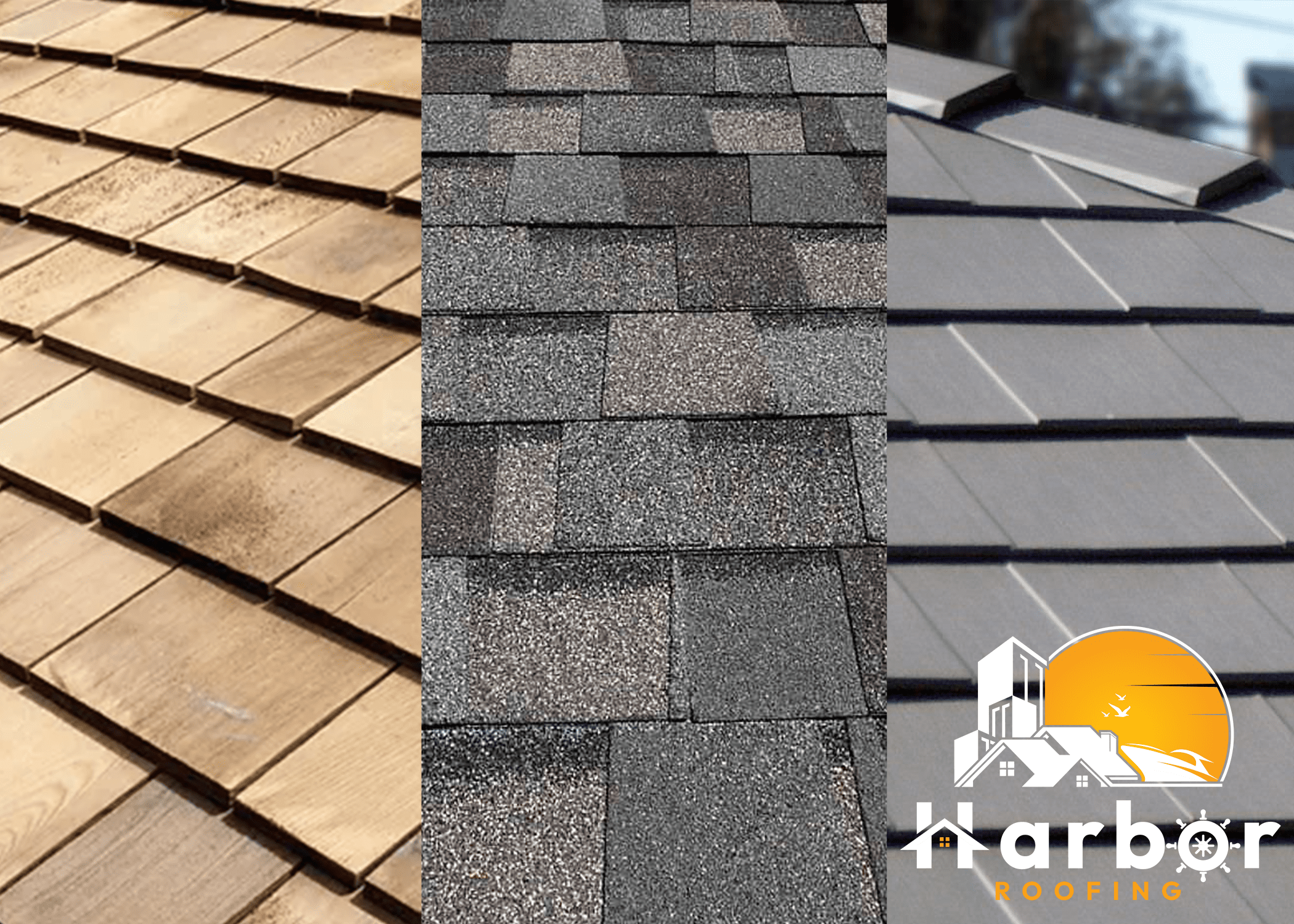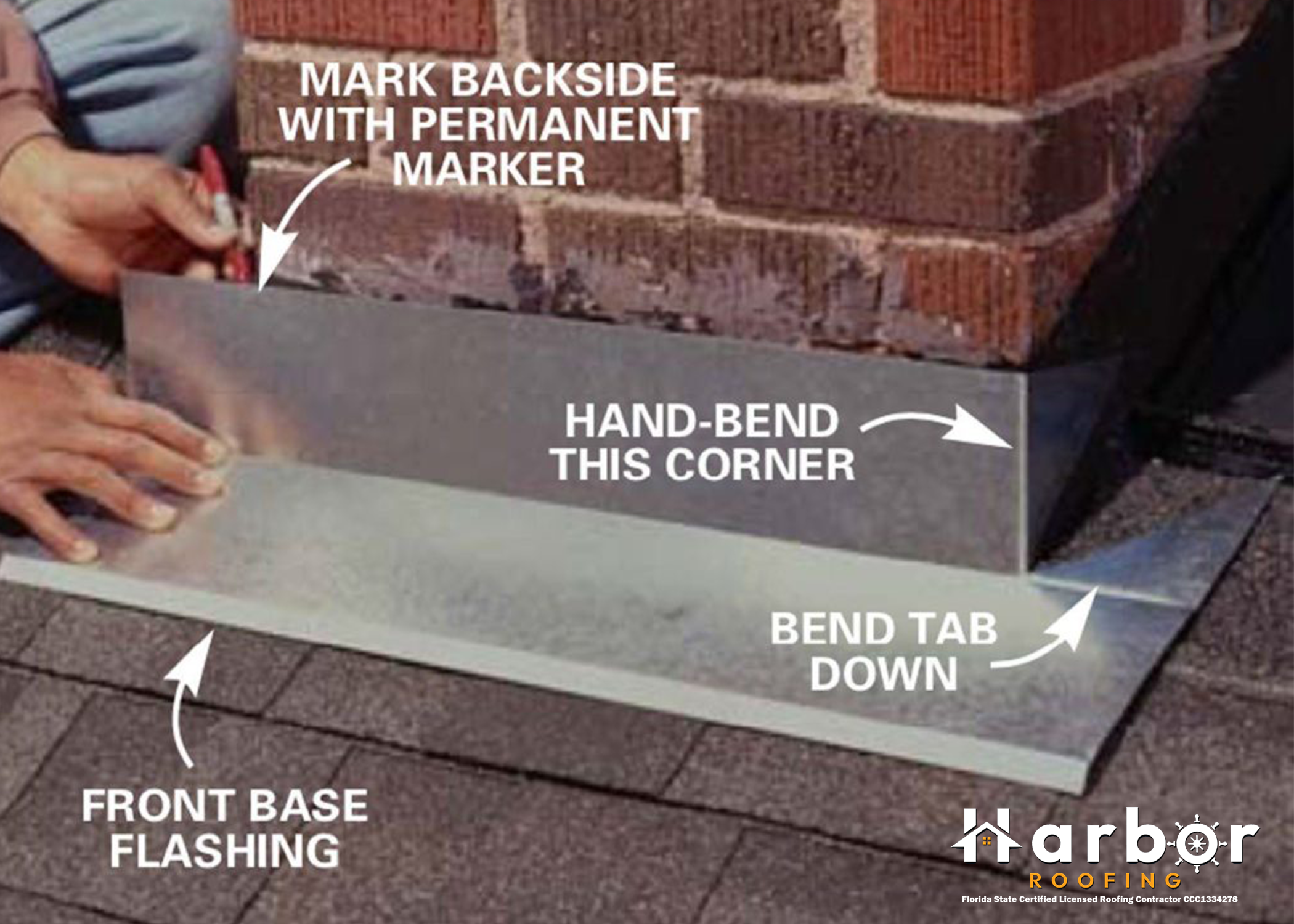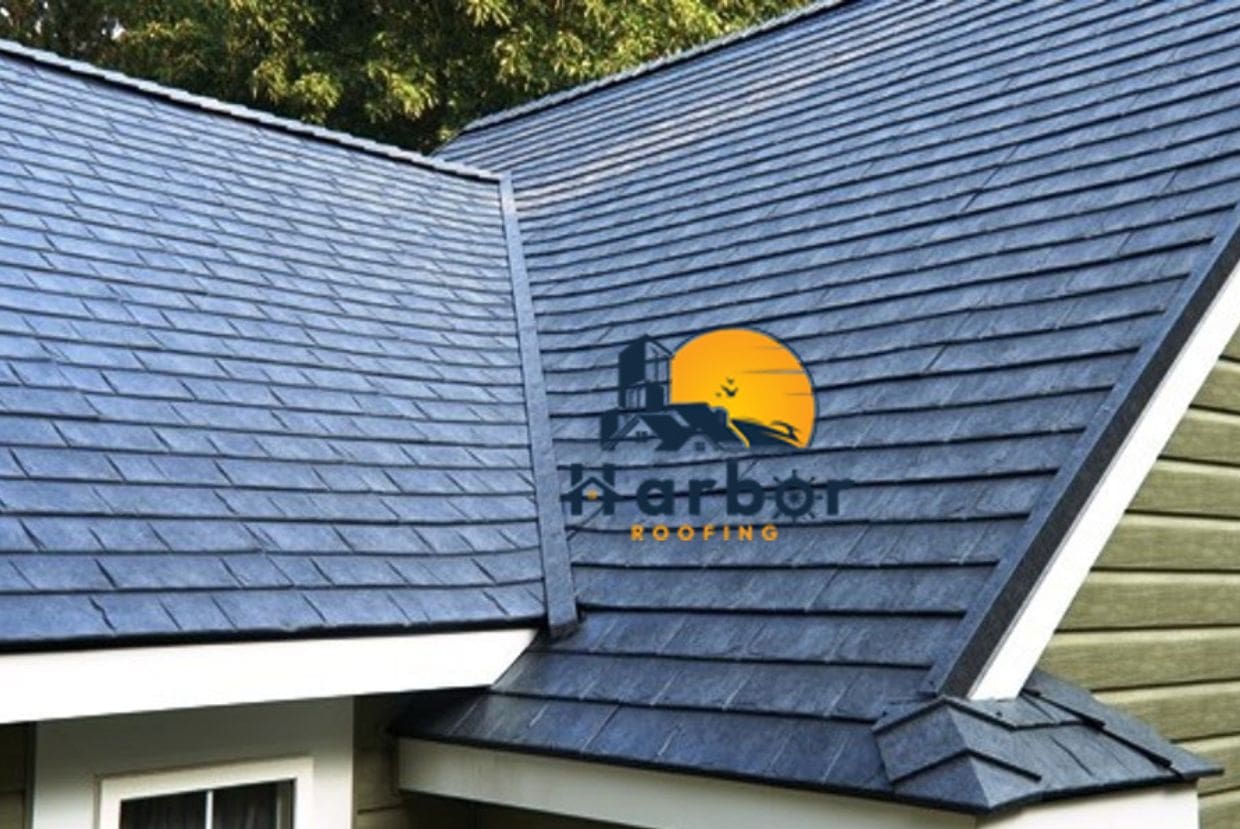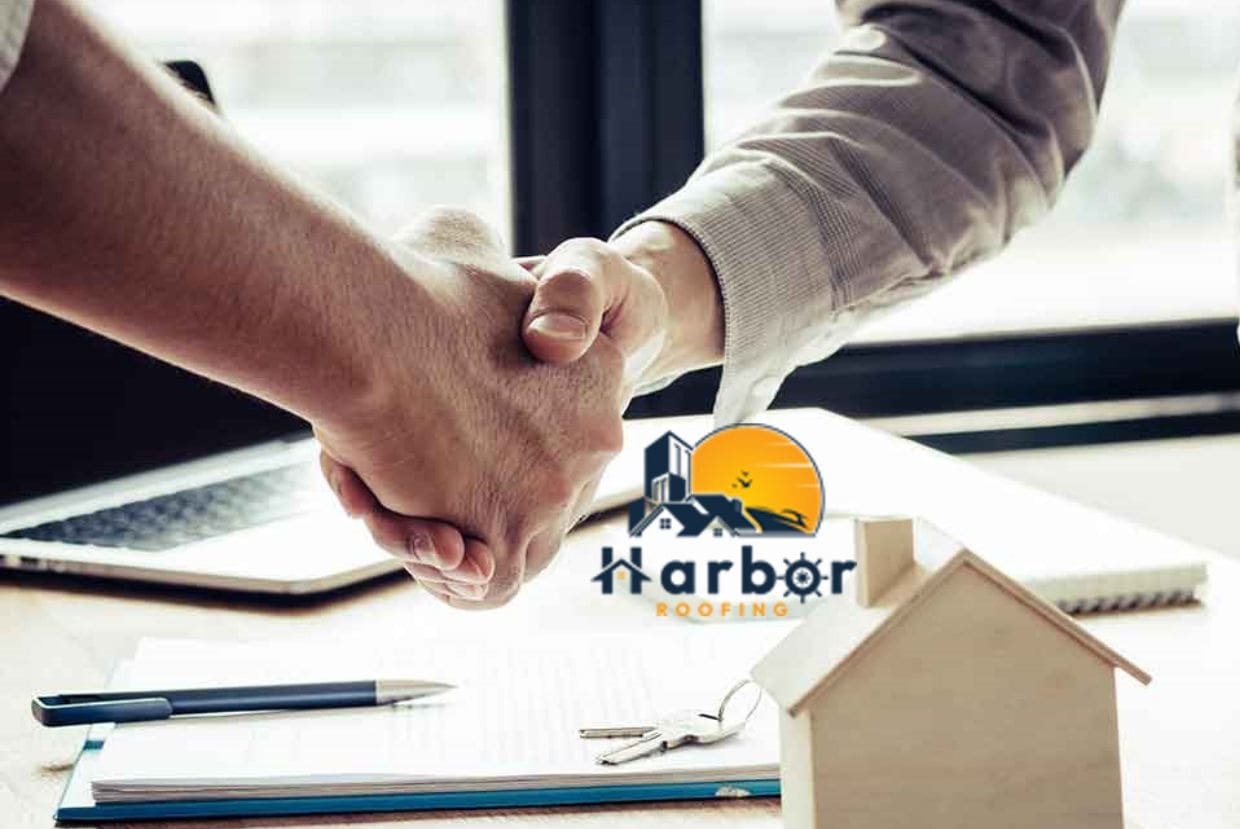Many people choose metal roofs for their buildings because of their longevity. Metal roofs can, in fact, last for over 40 years and are low-maintenance. But does this mean you shouldn’t give them some TLC and invest in keeping them in their best shape for as long as possible? Obviously, no. Your metal roof needs maintenance, too.
In this article, we will share essential practices to keep your metal roof in good shape. These tips will save you a lot of stress from the damages you may deal with when you neglect your roof maintenance.
Why You Need to Maintain Your Metal Roof
- To preserve its aesthetic value: Your roof’s physical appeal is just as important as its functionality. You wouldn’t want your building to look like an eyesore, right? I’m not sure anyone wants that. If you could pay so much for a metal roof, occasionally performing maintenance routines shouldn’t be too much to do.
- To avoid damages: Lack of proper maintenance can cause your property to deteriorate. When you neglect your roof, it tends to deteriorate over time. Some of the potential damages that may occur are denting, leaking, scratching, and galvanic corrosion. Carrying out maintenance regularly, say once a year, will help you detect possible problems in your metal roof early and prevent them from happening or worsening.
- To extend the lifespan of the roof system: You know what’s worse than having to fix leaks and minor damages on your roof? It is having to replace your roof prematurely. This is something any homeowner would want to avoid because it is an extra expense. One way to prevent this from happening is by performing routine checks to preserve the wholesomeness of the metal roof.
How to Care for Your Metal Roof
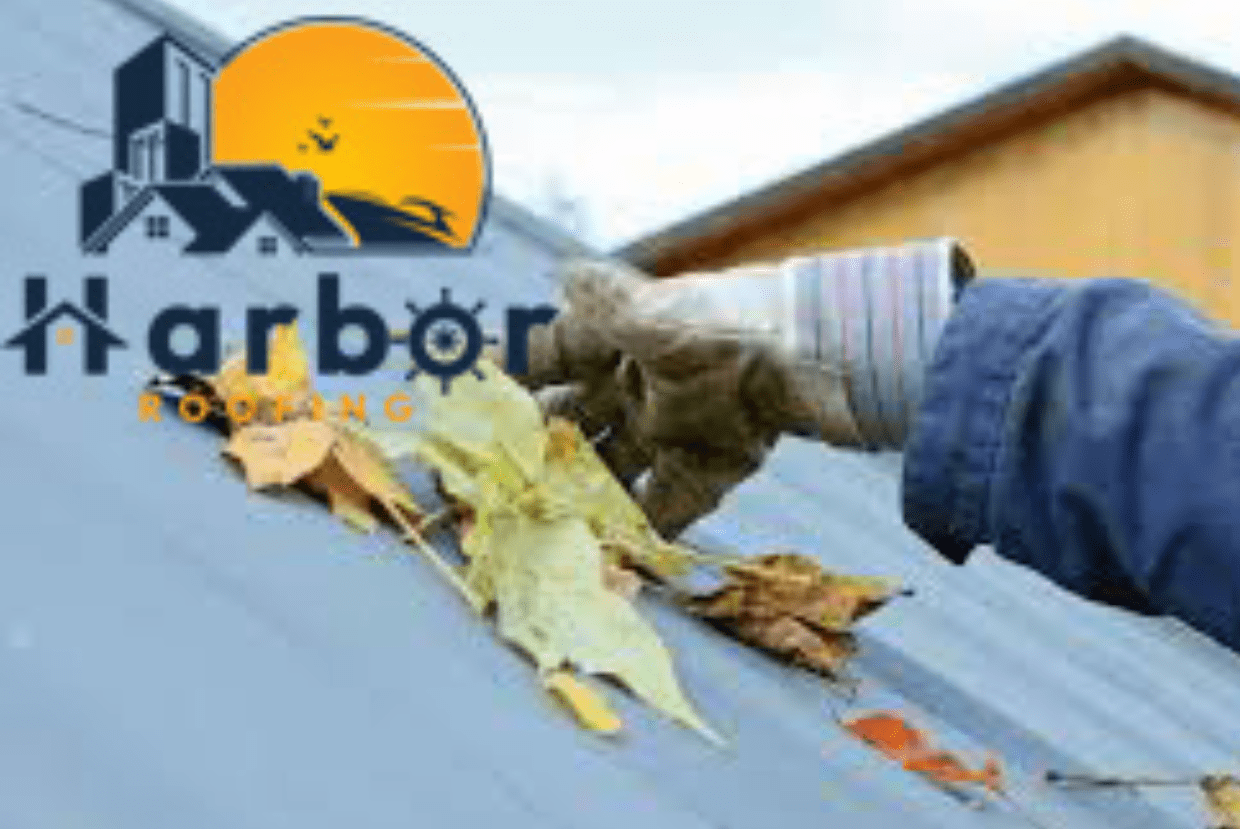
Inspect Your Metal Roof at Least Once Yearly
We highly recommend inspecting your roof yearly. This will help you avert problems that may arise if you do otherwise.
Things to Inspect During Your Metal Roof Inspection
- Fasteners: Look out for broken or loose fasteners to prevent leaks.
- Sealant: Sealants have a short lifespan. Sealants generally dry out, shrink, and crack, allowing water to get into them. Hence, people often replace them early. Failure to do so causes leakage or severe damage. So, it is essential to check areas near skylights, chimneys, and valleys to ensure that there are no cracks in the sealant.
- Leaf buildup: Depending on how much leaf shed your area experiences, you should inspect your roof and gutters every 2–4 weeks. This is to ensure that there’s no buildup of leaves in the gutters to avoid clogging and on the roof to prevent scratches.
- Foam closures: Ensure that the foam closures are in a good state.
Maintain Clean Gutters and Drains
When leaves and other residues are left to build up, they can block the gutters. Over time, it may clog your drainage system. It may also cause the fascia and substrate systems to deteriorate.
So, to avoid damage to your drainage system and other damages, you should clean the gutters occasionally. For areas with a lot of leaf load, we recommend that you clean every two weeks. A four-week interval for your metal roof maintenance is also not bad; it all depends on how much leaf load you usually have. You can also install leaf guards.
Prune Tree Branches To Evade Contact With Roof
Keep the branches of the surrounding trees short to prevent them from scratching the roof. This also reduces the chances of buildup that may cause blockage or retain moisture on the roof. When a metal roof soaks up moisture, the paint will fade off or get damaged after a while, and the damage and the paint warranty will not cover it.
Inspect Your Roof After Storms
Ensure that you carry out inspections every year so that you can detect potential problems early and fix them in time. In addition to that, whenever your area experiences adverse weather conditions, be quick to inspect your metal roof to detect damages or damages waiting to happen. You don’t have to wait until the next routine maintenance for your metal roof. As the saying goes, a stitch in time saves nine.
The information below will help you know what to look out for when you experience any of the intense weather listed:
- High winds: During high winds, some tree branches may find their way to your roof and cause damage. Therefore, keep an eye out for any damage that may have resulted from fallen branches to the roof and foam closures when there are strong winds. Also, check for missing flashing and trim.
- Snowstorm: Check the gutters, flashing, and trim when you experience a snowstorm. Another thing to look out for is your snow guards, if you have them.
- Hail storm: After experiencing a hailstorm, inspect for damage to flashing and trim, loose fasteners, and dents.
Get Rid of Any Litter on the Valley and Surface of the Roof
Allowing dirt to stick to your roof’s surface can cause the paint to deteriorate, negatively affecting its curb appeal. For this reason, you should maintain a clean roof surface by cleaning it properly.
Clean Out Heavy Snow
People who live in areas where it snows heavily usually have heavy snow buildups. Leaving such buildups on the roof for a long time can damage the roof’s framing. Hence, cleaning up snow buildup as soon as possible is essential due to the pressure from the load on the roof. When getting rid of snow from your roof, ensure that the cleaning tool will not cause any damage to the roof. If you happen to reside in an area where snow falls heavily consistently, we recommend that you fix a snow guard on your roof.
Structural Maintenance to Conduct on Your Metal Roof
You need an expert roofing contractor to perform structural maintenance on metal roofs. Although this occasional maintenance might cost you a couple of hundred dollars, it is worth it, as doing so will save you from spending way more money on replacement. It will also ensure your roof’s functionality and your safety are intact.
The regularity of your metal roof’s structural maintenance depends on the roof type and the amount of pressure put on it. Many homeowners observe structural maintenance annually or biannually. However, you should first consult a professional roof contractor to know when and how often your roof needs one.
Although you don’t have to carry out the maintenance yourself, there’s no knowledge lost. We believe knowing what to look out for is vital to ensuring proper maintenance. Some routines for metal roof structural maintenance include:
- Examining the areas surrounding the penetration points.
- Scanning for holes caused by falling debris.
- Examining and changing the sealant.
- Examining screws, rivets, and fasteners. Fix them if necessary.
- Examining and replacing damaged or loose flashing materials.
- Examining and fixing separating or loose panel seams.
Conclusion
One of the most significant advantages of having a metal roof is its durability. Metal roofs are durable and have a long lifespan. However, if you do not properly maintain them, they won’t reach their expected lifespan. This is why routine metal roof maintenance is necessary to preserve their functionality and visual appeal. In addition, it saves you money that you would spend on roof repair or replacement in the future.
So tell us, when was the last time you got your metal roof checked?
Frequently Asked Questions
Do metal roofs need maintenance?
Definitely! Many people may make the wrong assumption that metal roofs don’t require routine maintenance because they are durable and low-maintenance. That’s an incorrect assumption to make. As much as metal roofs don’t require you to do much in terms of maintenance, it is essential that you invite a professional to inspect them thoroughly at least once a year or two to avert potential damages.
How much does a metal roof cost?
On average, installing a metal roof costs about $13,200 on a 1,700-square-foot roof. The cost of materials alone is about two-thirds of the price. The cost of metal roofing supplies can range from $1 to $25 per square foot, while labor costs can range from $2 to $14 per square foot.
How often should I inspect my roof?
Metal roofs do not require much maintenance. Inspecting them at least twice a year is good enough. Spring and fall are typical times to carry out maintenance.

